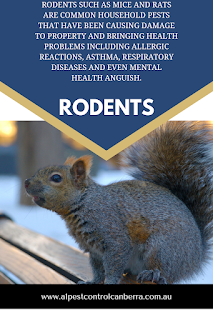Get to recognise more about Bees & Wasps
Bees
Honey bees aren't by, and primarily viewed as vermin, as they assume an indispensable part in the fertilization of numerous local plants. On the off chance that you have a honey bee home close to your home that isn't causing issues, it's likely best to let it be. A house arranged in your home (generally in a divider or rooftop cavity) can usually be moved by an enrolled beekeeper. In situations where a beekeeper can't move house (because of access limitations), bug control is usually the solitary choice.
Asian paper wasp
The Asian paper wasp is an as of late presented species bigger and more bright than the regular paper wasp. An extraordinary quality of the species is that a foundress (female organizer) once in a while participates in human flesh consumption (eats its hatchlings) when food is scant. It's anything but known precisely how the Asian paper wasp entered Australia. However, the species is grounded in Japan, China, Korea, Mongolia and New Zealand. Its eating regimen and living space are like the regular paper wasp.
European wasp
The European wasp is an acquainted species that initially accompanied the consideration of Australian entomologists in 1959. The European wasp is a forcefully fabricated creepy-crawly that can sting over and over without biting the dust (in contrast to honey bees). Bug regulators in Canberra generally get the callout for European wasps in summer – when a home begins to fill in size.
European wasps are more forceful than honey bees and will assault people if their homes are upset. In Canberra, European wasps begin reproducing vigorously in pre-summer/late-spring – making enormous public homes all the while. The houses are typically found in the ground or rooftop and divider holes. European wasps are drawn to pet meat and sweet food varieties/drinks.
Yellow jacket (social wasp)
The social wasp (Vespula spp.) – otherwise called a yellow coat – is comparative in appearance to the European wasp yet has dark spots all over. The social wasp breeds in spring and assembles its home in divider and rooftop pits, just as under overhang, patios and floors. However, social wasps will begin eating creepy crawlies but progress to better food sources over the mid-year.
Common paper wasp
The standard paper wasp is more modest and less forceful than the European wasp, yet at the same time equipped for conveying a frightful sting. Like the European wasp, the paper wasp fires reproducing in spring and wraps up in early pre-winter. Paper wasps, as a rule, make their tiny homes in divider cavities, on the wall and under house roofs. Paper wasps appreciate organic product mash/nectar and different creepy crawlies (caterpillars, small arachnids, moths, butterflies) as far as diet.
The end of wasps in or close to your house is significant, particularly if you have youngsters. Wasps not just have a dreadful sting (which a few groups are adversely affected by) but can also destroy your inside divider mortar.
Kindly call the accomplished group for more data on wasp and honey bee bug control management in Canberra.
Source:
Mixed business Insecticides
Also visit: -


Comments
Post a Comment